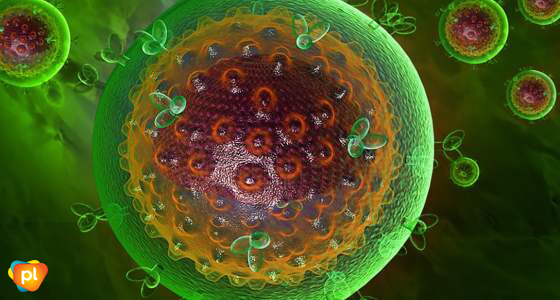
In the search for a HIV cure, three main approaches are being explored. A vaccine to protect against acquiring HIV at the time of exposure, a functional cure likened to putting the virus into remission and a full cure that completely eradicates HIV from the body. Some of these have been achieved in the ‘test tube’, monkeys, humanised mice or where safe in human trials. These approaches challenge research to its full capacity by relying on the impressive frontiers of science.
Like a Trojan horse, HIV invades the frontline ‘cluster of differentiation 4’ (CD4) cells that are part of the ‘first responders’ of your immune system when HIV first enters your body. HIV rapidly inserts its genetic material in the CD4 cell to turn these cells into ‘factories’ that churn out more HIV. This hijacking of the CD4 cell makes it challenging to find a vaccine. Without combination antiretroviral therapy (cART), eventually your immune system will collapse, no longer able to control other viruses and bacteria that live naturally within your body. In time, these otherwise usually harmless organisms overrun your body to become opportunistic infections leading to acquired immune deficiency syndrome (AIDS).
From the early time of infection, HIV lives and hides in HIV reservoirs. These reservoirs are in places like your brain and nervous system, the immune system, urogenital tract and gut. cART cannot work on HIV when it is hidden or ‘sleeping’ in these places. When or why sleeping HIV wakes up to come out from these reservoirs is not fully understood. The challenge is getting all these cells to wake up at the same time so they get back into the bloodstream where cART can work on the virus. It is estimated that it would take up to 60 years for all the virus in these reservoirs to wake up naturally.
Scientists are using an approach called ‘shock/kick and kill’. That terminology sounds pretty aggressive and scary. It’s what scientists want to do to the HIV virus, not to you! Drugs have been identified to wake up the virus, but it needs to wake all the HIV in the hidden reservoirs at the same time. So far that remains a challenge. The search is on to find better ways to kick or ‘wake up’ the entire amount of HIV in your body to let cART do its job, which can eventually lead to the eradication of HIV from the body. Another research approach, called ‘bind and gag’, (think bondage for viruses!), uses genetic engineering to lock down the virus within the reservoirs leaving the virus harmless.
The ‘Berlin Patient’, Timothy Ray Brown, cured of HIV through a bone marrow transplant, provides another possible avenue of a functional cure. Brown was lucky that the stars aligned for him when he received a bone marrow transplant from someone who was immune to HIV because they had a natural modification of the CD4 cells and other cells of their immune system. Bone marrow transplants have been repeated on people living with HIV, specifically to treat their cancer but so far, with no success to curing them of HIV. Bone marrow transplants are extremely risky, complex and life-threatening procedures. Scientists are using a modified bone marrow transplant procedure where immature cells of the immune system, or stem cells, are harvested from the person with HIV. The stem cells are then genetically modified and injected back into the person. This allows the modified specific cells of the immune system to take hold and eventually replace the old immune system with cells resistant to HIV. Similar to remission from cancer, the person remains HIV positive while still controlling the virus without medication. This approach has been approved by the Food and Drug Administration (FDA) in the USA as a treatment for HIV.
Another approach being explored is full cure. This uses gene splicing technology called ‘clustered regularly interspaced short palindromic repeats’ (CRISPR) and is intended to eradicate the HIV virus from your body. The process involves genetically ‘snipping’ the HIV genetic material from infected cells. So far, the virus has been able to find ways around this approach.
The cure for HIV still remains elusive and we are unsure what this means for us in the immediate future. Some of us like people living with HIV in the US who have had immune system modification treatment, will be the first in line to explore cure options when they become available. Others will be cautious about participating until there is confidence in the science. How a person will eventually be ‘cured’ is unclear. We think it will involve one or a combination of these approaches and will be heavily reliant on a modification of the immune system and/or a stimulation of it using a vaccine to eventually cure and eradicate the HIV virus.
So far, the most effective approach we have for managing HIV is cART, which maintains a positive person’s health and prevents the onward transmission of the virus when viral suppression has been achieved. While a cure will not reverse any damage that has already occurred to the body as a result of HIV, cART can control HIV and keep a HIV positive person in the best possible position until a cure is found.
If you have questions about cure, please call Positive Life on (02) 8357 8386, 1800 245 677 (freecall) or email contact@positivelife.org.au
One Comment
Comments are closed.







I wait patiently for a remedial effective treatment as well as reversing the many side affects of the medication
we take to keep us alive.
best wishes john waterstreet